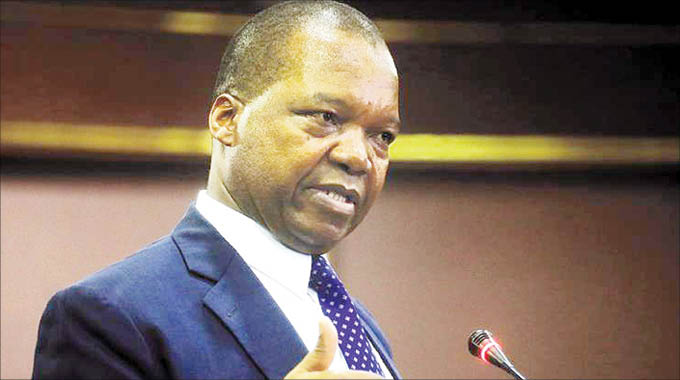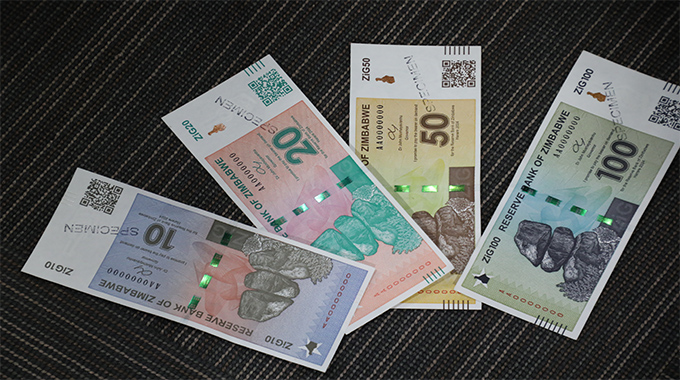RBZ Governor urges public entities, local authorities to create demand for Zim dollar

Leonard Ncube, Victoria Falls Reporter
Reserve Bank of Zimbabwe (RBZ) Governor Dr John Mangudya has implored public entities in the country including local authorities to price their services in local currency.
Speaking at the ongoing 2022 pre-budget seminar in Victoria Falls, Dr Mangudya said Government had also extended lines of credit to fuel dealers in local currency to promote its usage and reduce abuse of citizens by unscrupulous dealers.
“We need to promote use of local currency and we encourage public entities to price their services in local currency.
We encourage local authorities to price in local currency so that we create demand for our money.
“We have increased letters of credit for fuel in local currency working with Zera and Ministry of Energy and Power Development to ensure that we place a system which will not be abused,” he said.
The RBZ Governor was responding to questions from legislators after presenting a paper on “Monetary Policy complementing Fiscal Policy towards Vision 2030: Implications on the 2022 national budget.”
Dr Mangudya also said inflation will continue declining to lower single digit levels by December 2022.
He said low inflation will assist in value preservation and guarantee certainty in budget allocations.
Dr Mangudya said the RBZ will continue to take appropriate measures to ensure that foreign currency allotments are settled timeously and will pursue a strict monetary targeting framework to ensure that money supply does not destabilise the exchange rate.
He said the bank will also ensure that truant behaviour in the economy is minimised.
“Support domestic savings in local currency through instruments that compensate local currency depositors for potential exchange rate depreciation; encourage banks to set appropriate interest rate margins for savings and time deposits to improve the appeal of the Zimbabwean dollar as a value preservative currency and continue to encourage banks to streamline bank charges to stimulate foreign currency deposits by the banking public,” Dr Mangudya added.
He said foreign currency receipts between January and September this year amounted to US$6,09 billion compared to US$4,43 billion over the same period in 2020, representing a 37,8 percent increase.
“The following economic fundamentals are in place to support a stable exchange rate: strong foreign currency receipts, with more than US$6 billion having been received this year up to end of Sept compared to US$4.4 billion for 2020 for same period; strong foreign currency receipts reflected in the current account surplus of US$1 billion expected this year and FCA deposits around US$1.7 billion.
Money supply has remained under control with liquid financial assets in local currency equivalent to US$1 billion against foreign currency holdings of about US$4.5 billion, comprising: US$1.2 billion reserves under RBZ; US$1.7 billion FCA deposits in the banking sector and estimated US$1.5 billion circulating in the economy. No recourse to central bank financing of deficit since last year due to continued fiscal sustainability,” he said.
Dr Mangudya said Vision 2030 calls for complementarity of fiscal and monetary policy to create a conducive environment characterised by low and stable inflation, stable exchange rate and high economic growth rates.
He said these objectives will need to be tackled from both the fiscal and monetary policy sides.
“The ongoing complementarity between fiscal and monetary policy has created accommodative monetary and financial conditions supportive of the strong economic rebound to 7.8% this year and above 5% in the outlook period,” he said.
“On the fiscal side, Government has managed to achieve fiscal sustainability. On the monetary side, the Bank has managed to stay the course of conservative monetary targeting framework.”
He said monetary and fiscal policies work very well in normalising the economy, hence there is need to find solutions on how to formalise the informal sector because the country has more of its economy in the informal sector.








Comments